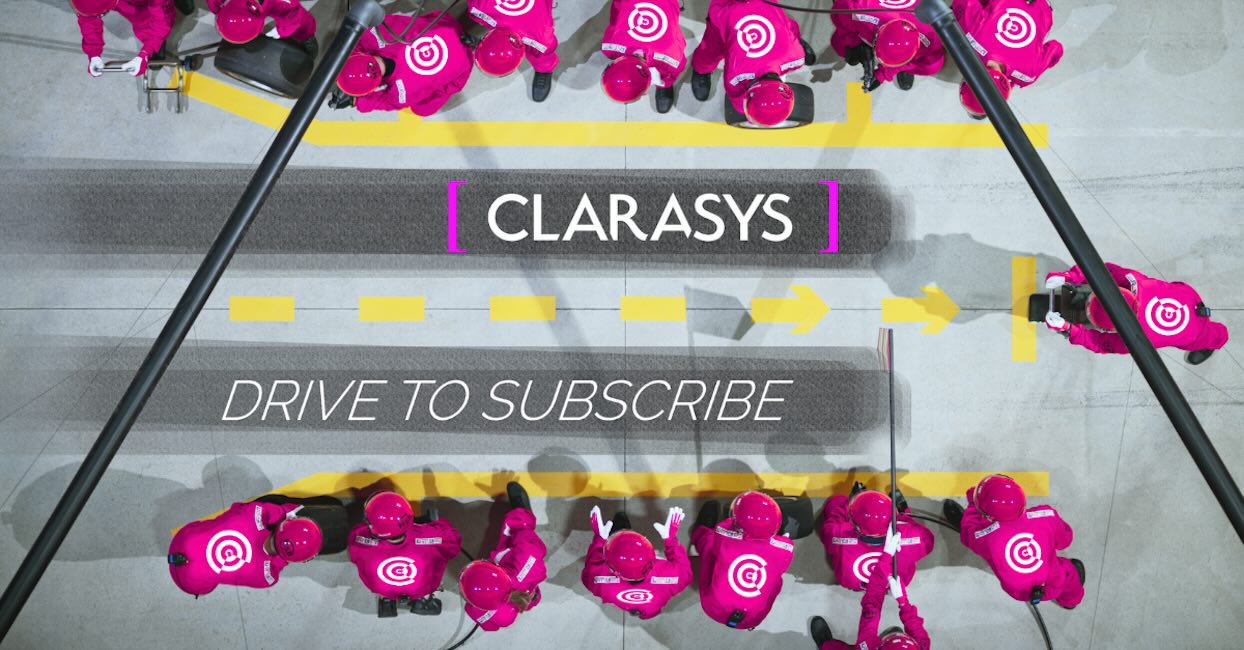Whilst 2020 looks rather different from what grocery retailers might have expected, the continued consumer shift to online shopping comes as no surprise.
Can retailers keep convenience with, and without, the store?
Can retailers keep convenience with, and without, the store?
Whilst 2020 looks rather different from what grocery retailers might have expected, the continued consumer shift to online shopping comes as no surprise.

Meet the author
Whilst 2020 looks rather different from what grocery retailers might have expected, the continued consumer shift to online shopping comes as no surprise. Lockdown has accelerated this trend, but retailers’ initial limited operational capacity has put customer experience at risk and forced them to be creative with how they respond.
Despite grocery shops remaining open over lockdown, the online share of the entire market doubled between March and July 2020, and now stands at 13.5%. This emphasis on online shopping looks highly likely to remain long term, as consumer shopping habits, developed over lockdown, feed into new routines. In the grocery market, convenience has always been king and customers expect no less when buying online, therefore, retailers must increase their operational capacity and offer the customer more flexibility and choice when fulfilling these orders.
How grocery retailers can deliver this
Offering flexibility in fulfilment is crucial in the new COVID era, as customers are either unable or unwilling to shop in person. Systems like CRMs, order management and process management hold the key to meeting this customer need, and whilst improving them represents a challenge, it is one worth tackling. Effective use of customer data and CRM systems enables retailers to identify needs of different customer groups, for example during lockdown some retailers were able to identify elderly or vulnerable users, providing them with preferential delivery slots, and as demand became more manageable slots were given to loyal customers first. These are simple initiatives which deliver huge improvements in customer experience. By improving integration and collaboration between online and in-store systems, people and processes, retailers can scale up online fulfilment capacity and offer a combination of solutions including; conventional delivery, click and collect and ship from store. Increased system integration also gives retailers greater visibility of stock levels, which in turn can be conveyed to the customer to ensure they know where they can purchase desired products.
The physical store can also play a major role in delivering on customer needs moving forward – grocery stores hold significant amounts of inventory and are most often located near to the customer, helping to reduce delivery times and the potential of stock outages. Stores can be transformed into ‘dark stores’ where only employees can go inside to pick and package items. Amazon have done this with their Whole Foods Manhattan Bryant Park store, stating it will help them fulfil more orders. Hiring multitudes of staff to carry out this function is not commercially sustainable, but it allows retailers to meet customer demand whilst gradually automating the process. On a smaller scale, micro fulfilment centres that are attached to stores also provide greater proximity to the customer and, therefore, the potential for faster delivery times.
Stores can also expand delivery options for customers through methods like click and collect. Click and collect reduces logistics costs and increases the potential for cross-sell and up-sell purchases, whilst simultaneously meeting customer demand for rapid delivery and reducing retailer delivery costs. COVID-19 has necessitated stores like Tesco to massively increase the number of click and collect slots, and in the US Korger converted one of its Cincinnati stores into a collect only location. In periods of high demand, click and collect provides an alternative for fast deliveries, and currently meets the customer need of limiting contact with other shoppers. However, in order to ensure an increase in click and collect doesn’t negatively impact the in-store customer experience by increasing crowding and queueing times, grocery retailers should create dedicated click and collect parking spaces and counters that are clearly signposted for customers.
We have seen dramatic shifts in consumer behaviour, but being quick to recognise and react to changing customer needs and expectations allows grocery retailers to repurpose their systems and stores to ensure excellent customer experience. If you’re interested in how you can achieve rapid improvements through agile delivery, take a look at one of our previous blogs here. However, as a starting point we’d recommend that retailers revisit their customer segmentation and make sure they understand how needs and behaviours of some customer groups have changed over recent months. In addition to this, combining traditional segmentation with situational or scenario-based analysis can help to unlock more insight.
Finally, the key to unlocking next level customer experience is data and effective data management and governance. From our experience, businesses must make sure that they are continually assessing the data they’re capturing from customers, and ensuring it serves the need. More than ever, it’s important to capture the full customer story by obtaining insight directly from the consumer (e.g. through surveys, focus groups and customer service) and complement this with basic customer data from CRM and digital interaction data.
Discover more of our retail-focussed insights here.

